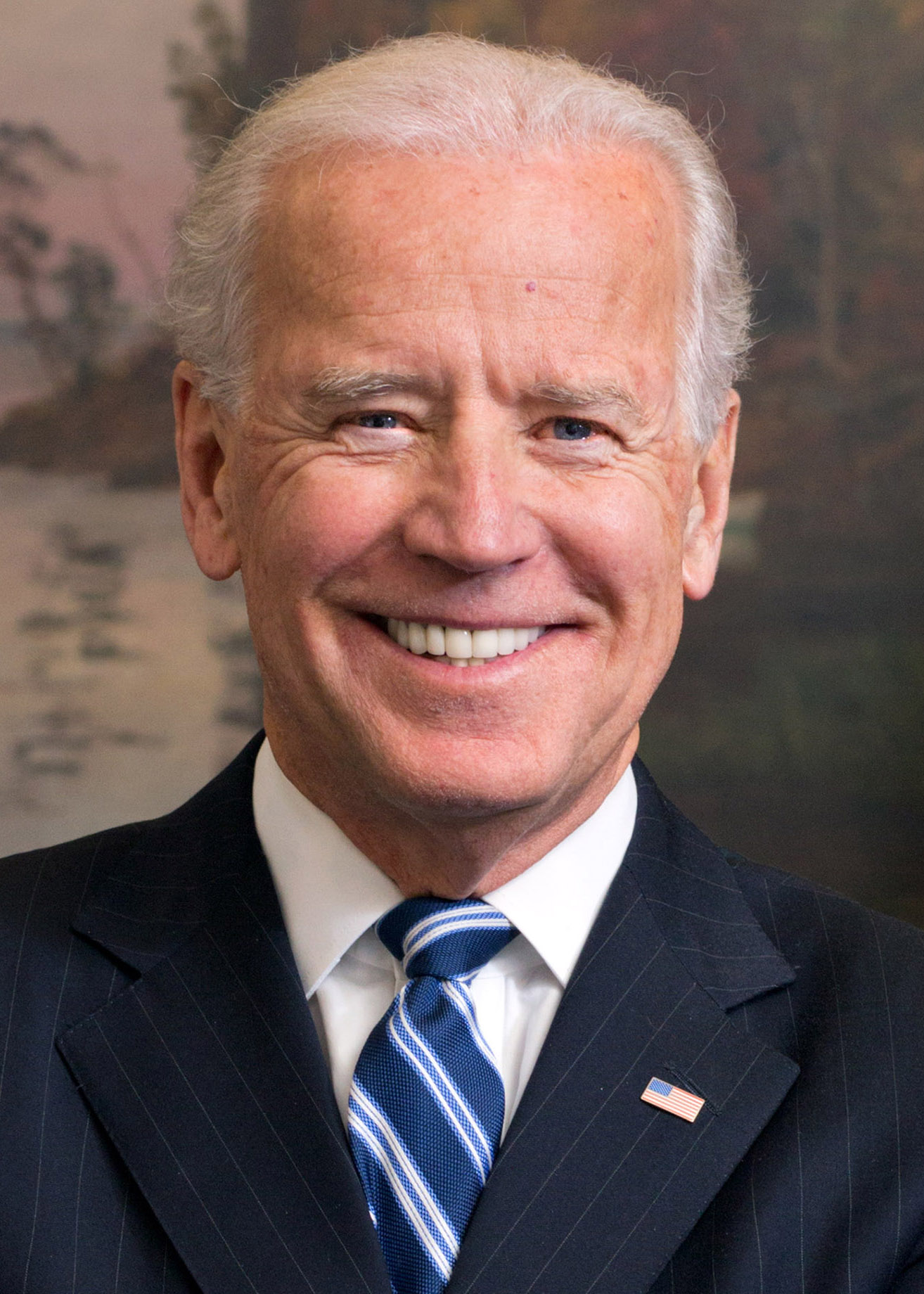The plan: The New York Times stated that Biden’s plan “covers a wide range of physical infrastructure projects, including transportation, broadband, the electric grid and housing; efforts to jump-start advanced manufacturing.” The wider focus throughout the plan is to combat climate change and curb greenhouse gas emissions. Most of the focus here is to expand electric vehicle use, charging stations, and other infrastructure to electrify the transportation industry.
Is nuclear included? Decarbonizing energy production is a clear objective, although it seems the focus is largely on solar and wind generation based on most of the coverage of the Biden proposal. However, according to a Bloomberg article from April 1, Biden's climate adviser Gina McCarthy told reporters that nuclear energy should be one of the power sources eligible for a national clean energy mandate. After all, nuclear power is America’s largest carbon-free energy technology.
ANS president Mary Lou Dunzik Gougar and chief executive officer Craig Piercy issued a joint statement and said, “We applaud the plan for recognizing that both existing and advanced nuclear energy needs to be supported and expanded if our power grid is to successfully decarbonize by 2035. This welcomed support includes shortlisting advanced nuclear among other technologies for eligibility to receive demonstration project funding and calling for the use of federal buying power to facilitate domestic manufacturing of critical technologies like advanced nuclear.”
The ANS statement noted that “the goal of decarbonizing the power grid by 2035 and the economy by 2050 requires the widespread availability of firm, dispatchable zero-carbon energy technologies that can be relied upon at any time of day. Nuclear energy is the only commercially proven zero-carbon energy technology capable of generating firm, dispatchable carbon-free electricity for a resilient and decarbonized power grid.”
Build Back Better with nuclear: Earlier this year, ANS released the report, The U.S. Nuclear R&D Imperative: Mapping U.S. R&D investments needed to field a new generation of nuclear energy technologies in 2030 and beyond. The report describes how strategic federal investment in nuclear research and development is needed to rapidly deploy cost-effective, flexible energy choices for a zero-carbon future while strengthening national security and the economy. The funding approach outlined in the report “is required if the U.S. is to meet its decarbonization goals as rapidly and efficiently as possible,” Piercy said.









